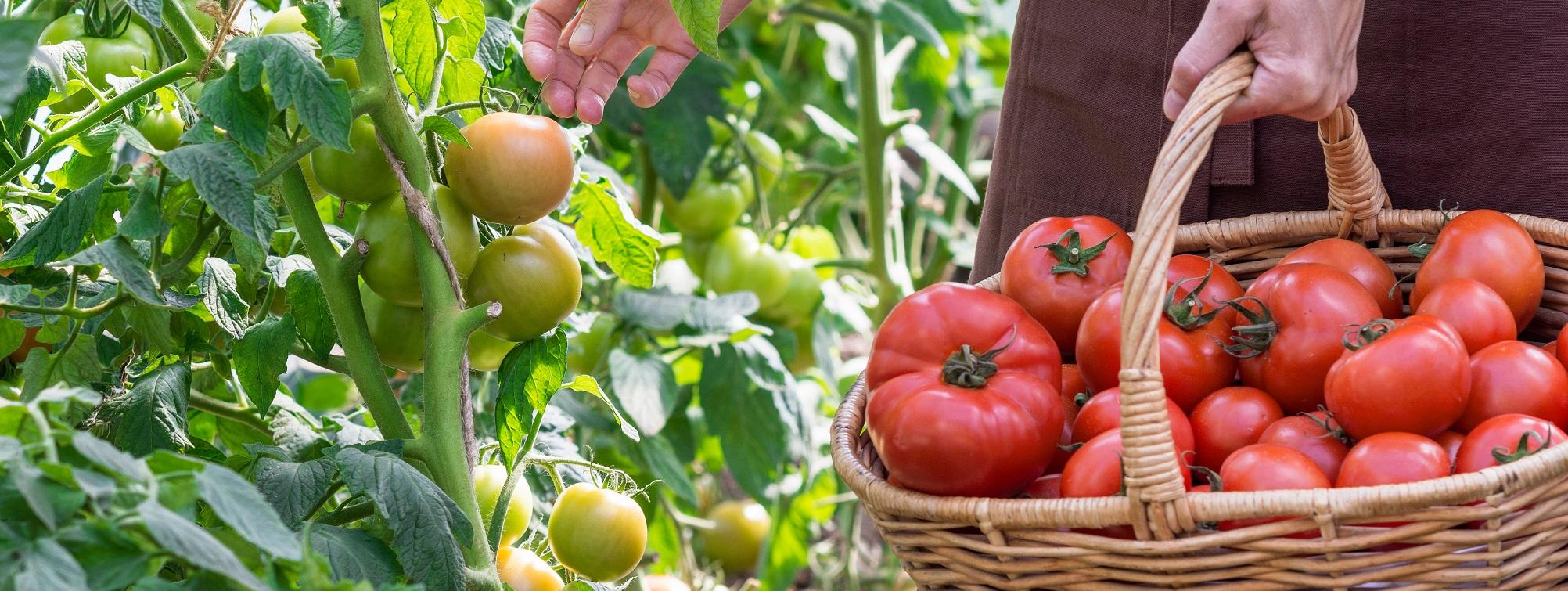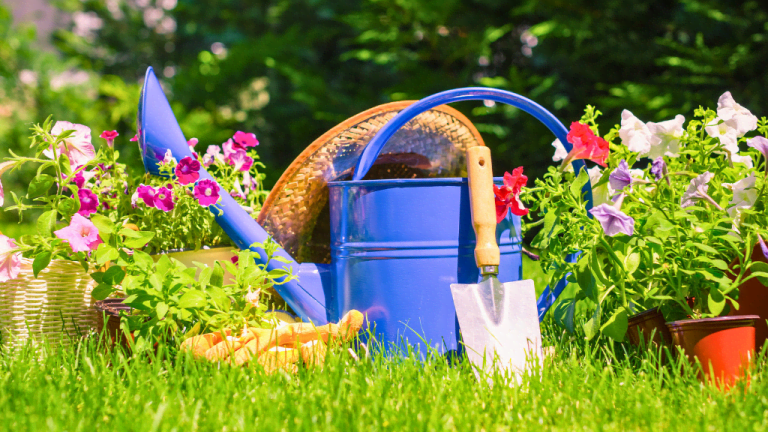Leading Gardening Techniques to Boost Plant Growth and Health
Leading Gardening Techniques to Boost Plant Growth and Health
Blog Article
Recognizing the Various Kinds of Horticulture and How They Add to a Much Healthier Way Of Life and Environment

Advantages of Veggie Horticulture
Lots of individuals are increasingly identifying the myriad advantages of veggie horticulture as an important element of a much healthier way of living. Engaging in veggie horticulture provides countless physical health and wellness benefits, including raised physical task, which enhances cardio health and advertises total physical fitness. The act of growing, weeding, and harvesting needs activity and can assist battle sedentary habits, adding to weight administration and enhanced muscle tone.
Moreover, cultivating one's very own veggies substantially boosts nutritional top quality. Homemade produce is usually fresher and more nutrient-dense compared to store-bought choices, as it can be eaten quickly after harvest. This access encourages a greater consumption of fruits and veggies, which are necessary for stopping chronic diseases.
In addition, veggie gardening fosters psychological wellness by offering a therapeutic electrical outlet for stress alleviation and leisure. The act of having a tendency to plants can be reflective, allowing individuals to attach with nature and run away the pressures of every day life. The sustainable practice of growing one's own food minimizes dependence on business farming, adding to ecological preservation and advertising biodiversity. Collectively, these benefits highlight the relevance of veggie horticulture as a foundation of a healthier lifestyle.
Exploring Blossom Horticulture

Along with visual advantages, blossom gardening sustains local communities. Numerous flowering plants draw in pollinators, such as and butterflies, which are crucial for maintaining biodiversity. The presence of varied flora can also enhance soil health, as different plants add to nutrition biking and enhance soil framework.
Additionally, flowers can play a considerable role in promoting lasting methods. Numerous gardeners select indigenous or drought-resistant types, which require much less water and minimal chemical inputs. This method not just benefits the setting but likewise encourages responsible horticulture habits.
Eventually, flower gardening serves as a vital part of an all natural horticulture strategy. Gardening. By cultivating elegance and sustaining neighborhood environments, it harmonizes with vegetable gardening and underscores the relevance of nurturing both our physical and mental well-being with nature
Container Horticulture Benefits
Container gardening deals many advantages that make it an attractive choice for both beginner and knowledgeable gardeners. Among the key advantages is its versatility; containers can be put on patio areas, porches, and even inside, permitting for gardening in rooms with minimal ground access. This flexibility enables people in urban settings or those with tiny backyards to cultivate plants successfully.
In addition, container horticulture supplies enhanced control over soil quality and moisture levels. Garden enthusiasts can choose certain soil blends to enhance plant health and wellness and mitigate concerns like weeds and pests. The flexibility of containers also enables simple relocation to make the most of sunlight exposure or secure plants from inclement climate.
Furthermore, container yards can be aesthetically pleasing, using an opportunity for creative thinking in design. Gardening. They can act as ornamental aspects that boost exterior or interior spaces while advertising biodiversity by attracting pollinators
Last but not least, container gardening can add to a healthier lifestyle by motivating physical activity, as it usually entails training, growing, and preserving plants. In general, the advantages of container gardening make it an easily accessible and gratifying method for those seeking to boost their way of life and environment.
The Surge of Vertical Horticulture
As urban areas come to be significantly crowded, the pattern of vertical gardening has removed, permitting people to maximize their horticulture capacity in restricted areas. This ingenious approach involves expanding plants in vertical structures, such as wall-mounted planters, trellises, or specialized vertical yard systems. The charm of vertical gardening i was reading this lies not just in its reliable usage of area but also in its visual payment to city settings, transforming bare wall surfaces right into rich green landscapes.
Vertical gardens can be set up in homes, balconies, and community areas, giving a system for expanding a range of plants, including herbs, veggies, and decorative blossoms. This technique encourages biodiversity and can boost air quality by filtering contaminants while promoting a connection to nature in densely populated areas. Additionally, vertical gardening offers functional benefits, such as boosted return per square foot, making it an attractive choice for city garden enthusiasts seeking to expand their own food.

Lasting Practices in Horticulture
Welcoming sustainable practices in horticulture is vital for advertising ecological health and guaranteeing the feasibility of our all-natural resources. Sustainable horticulture techniques concentrate on minimizing ecological impact, conserving water, and fostering biodiversity. By executing practices such as organic horticulture, garden enthusiasts can lessen making use of synthetic plant foods and chemicals, which can harm local communities.
Buddy growing is another efficient sustainable link approach, where specific plants are grown with each other to improve development and prevent parasites normally. Furthermore, utilizing native plants in landscape design sustains local wildlife and requires much less maintenance, as they are naturally adapted to the local environment and dirt conditions.
Water preservation techniques, such as rain harvesting and drip watering, help to efficiently take care of water resources, therefore decreasing waste. In addition, composting natural waste not just enhances the dirt yet also minimizes land fill contributions, advertising a round economic situation.
Finally, exercising crop rotation and cover cropping boosts soil health and wellness and minimizes the danger of pest invasions. By incorporating these sustainable techniques, garden enthusiasts can produce resistant environments that add to a much healthier way of life while guarding the setting for future generations.
Final Thought

To conclude, the diverse approaches of gardening, consisting of vegetable, blossom, container, and vertical gardening, jointly promote a healthier way of life and enhance ecological sustainability. Each type provides distinct benefits, from offering fresh produce and anchor bring in pollinators to enhancing restricted rooms and encouraging biodiversity. By fostering lasting practices, these gardening comes close to not just add to private health but likewise support more comprehensive eco-friendly conservation initiatives, ultimately lowering dependence on industrial agriculture and boosting community strength.
Report this page